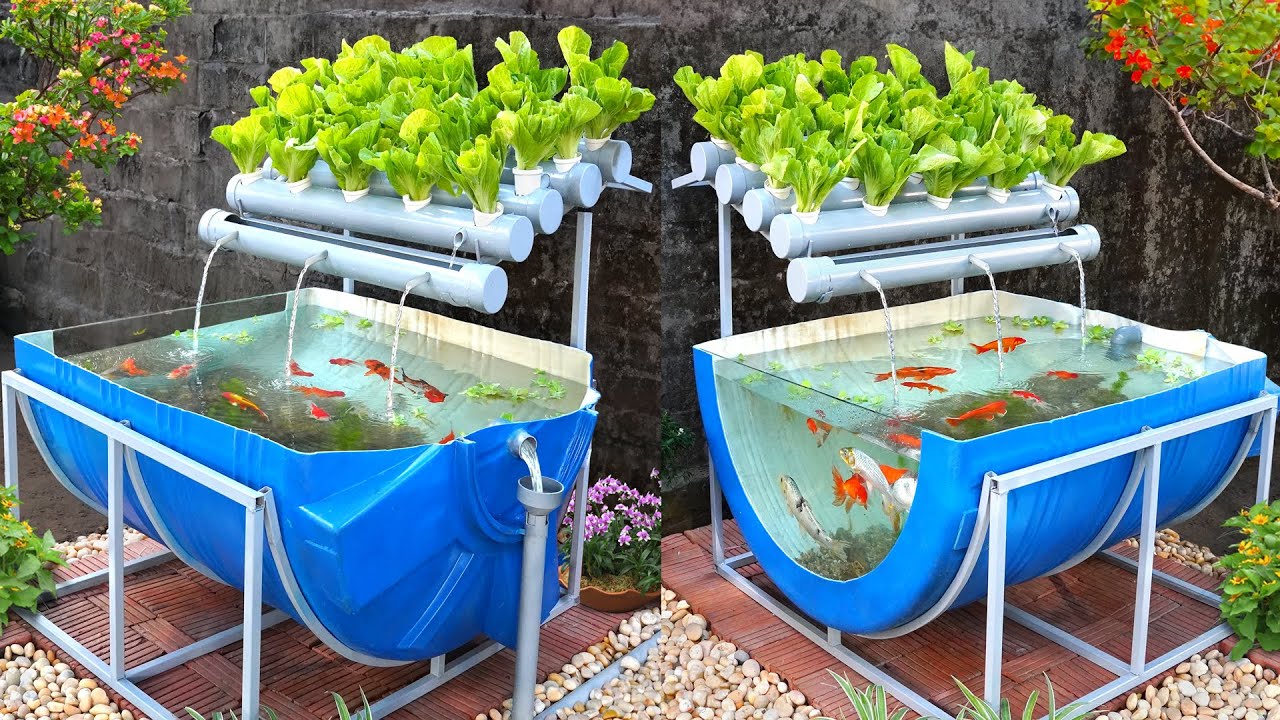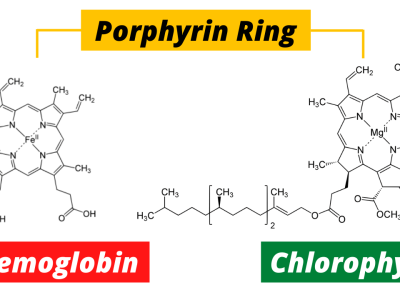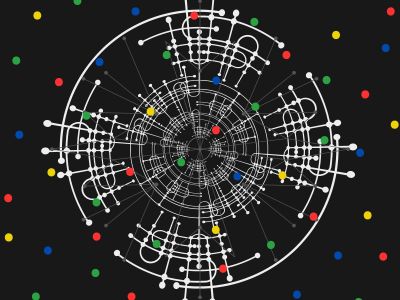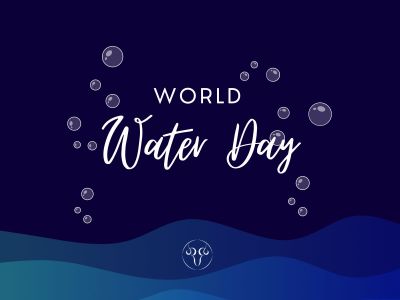Aquaponics: Plants Fish Cultivation Using Technological Symbiosis

Aquaponics, a revolutionary sustainable organic farming method, combines aquaculture (raising aquatic animals) with hydroponics (cultivating plants in water) in a symbiotic environment. This innovative technique exemplifies the harmony between nature and technology, providing a solution to modern agriculture's challenges. In this article, we will delve into the intricacies of aquaponics, its benefits, components, and its role in shaping the future of agriculture.
The Basics of Aquaponics
Aquaponics is a closed-loop system that relies on the natural relationship between fish and plants. Fish waste produces ammonia-rich water, which, if left untreated, can become toxic for the fish. However, in aquaponics, this waste becomes a valuable nutrient source for plants. Beneficial bacteria convert the ammonia into nitrates, which serve as a nutrient-rich fertilizer for the plants. In turn, the plants absorb these nutrients, purifying the water for the fish. This symbiotic cycle forms the foundation of aquaponic systems.
Components of an Aquaponic System
-
Fish Tanks: The heart of the aquaponic system is the fish tank. Aquaculture takes place here, where fish like tilapia, trout, or catfish are raised. The fish waste generates the nutrients needed for plant growth.
-
Grow Beds: These are the hydroponic components of the system. Grow beds can be filled with various types of media like gravel or clay pellets, providing a substrate for the plants to anchor their roots. The nitrates produced by the fish are absorbed by the plants, purifying the water in the process.
-
Water Pump and Piping: A water pump circulates the water from the fish tank to the grow beds. This allows the nutrient-rich water to reach the plants. After being filtered through the plants, the water returns to the fish tank, maintaining a continuous cycle.
-
Beneficial Bacteria: These microscopic organisms play a crucial role in the nitrogen cycle. They convert toxic ammonia from fish waste into nitrites and then into nitrates, which are then absorbed by the plants. This bacterial process ensures a healthy environment for both fish and plants.
-
Plants: The plants grown in aquaponics can range from leafy greens like lettuce and herbs to fruit-bearing plants like tomatoes and peppers. The plants thrive on the nutrient-rich water, and their roots help filter and purify the water for the fish.
Benefits of Aquaponics
-
Resource Efficiency: Aquaponics uses significantly less water than traditional soil-based agriculture. The closed-loop system recirculates water, reducing water consumption by up to 90% compared to conventional farming.
-
Elimination of Chemical Inputs: The reliance on natural nutrient cycles eliminates the need for synthetic fertilizers, pesticides, and herbicides. This makes aquaponic produce healthier and more environmentally friendly.
-
Year-Round Cultivation: Aquaponic systems can be set up indoors or in greenhouses, allowing year-round cultivation irrespective of weather conditions. This feature is especially advantageous in regions with harsh climates.
-
Space Efficiency: Vertical designs and compact setups enable higher plant density in smaller spaces, making aquaponics suitable for urban farming and areas with limited land availability.
-
Enhanced Plant Growth: The nutrient-rich water and controlled environment in aquaponics promote faster and more productive plant growth, resulting in higher yields compared to traditional farming.
Challenges and Considerations
While aquaponics offers numerous benefits, certain challenges need to be addressed:
-
System Balance: Achieving and maintaining the delicate balance between fish, plants, and bacteria requires careful monitoring and management.
-
Initial Investment: Setting up an aquaponic system can be costly due to equipment, infrastructure, and operational expenses.
-
Learning Curve: Operating an aquaponic system effectively requires knowledge about fish care, plant cultivation, and system maintenance.
Aquaponics is a testament to the innovative potential of merging science and nature to create sustainable solutions for modern challenges. By leveraging the natural synergy between fish and plants, aquaponics offers a holistic approach to agriculture that conserves resources, minimizes environmental impact, and provides fresh, nutrient-rich produce. As technology continues to advance and more people recognize the importance of sustainable food systems, aquaponics is poised to play an integral role in shaping the future of agriculture.
In this Video you can learn, How to Built Aquaponics at home yourself. DIY Aquaponics system









